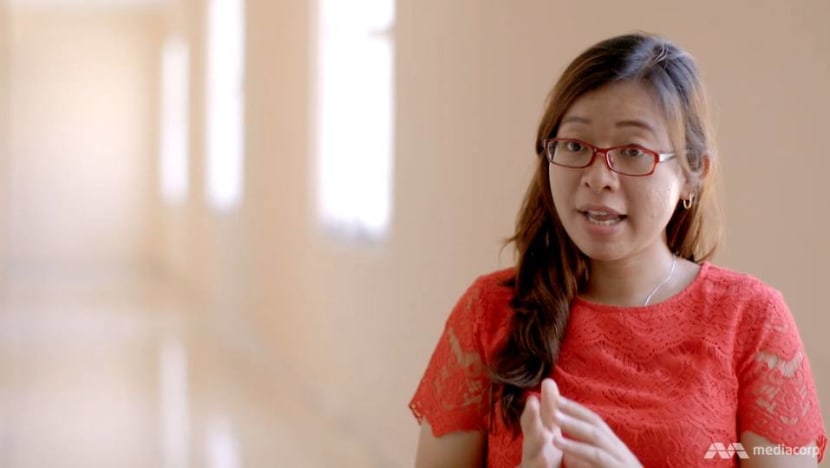Child suicide bombers, and the shelter rehabilitating them in Indonesia
They have been manipulated and radicalised to become fighters and human bombs. Will re-socialising and counselling these children at a secretive centre be enough? The programme Insight finds out.
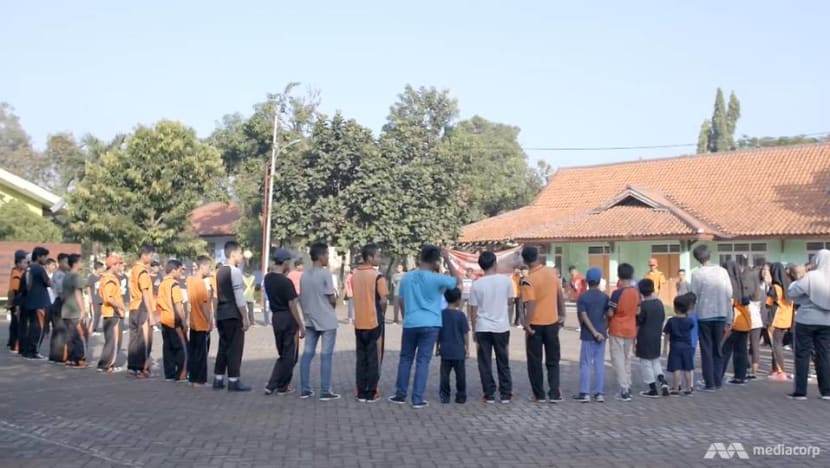
The safe house on the outskirts of Jakarta where children involved in terrorism receive counselling and help.
INDONESIA & MALAYSIA: Flung off their motorcycle, Amirah could only watch as her parents blew themselves up.
The eight-year-old, who was with her mother and father as they rode up to a checkpoint outside Surabaya’s police headquarters, was the sole survivor of an ISIS-inspired suicide bombing in May 2018.
Just the day before, another family of suicide bombers - including nine- and 12-year-old girls whose parents had strapped explosive vests to - attacked three churches. A third family planning attacks involving their four children, aged 10 to 17, were confronted by police at their home.
Amirah (not her real name), along with other child survivors from these families, is now being treated at a Jakarta safe house. There, they’re being cared for by psychologists like Ms Sustri Saragih, who deals with the children of suicide bombers or minors directly involved in terror plots.
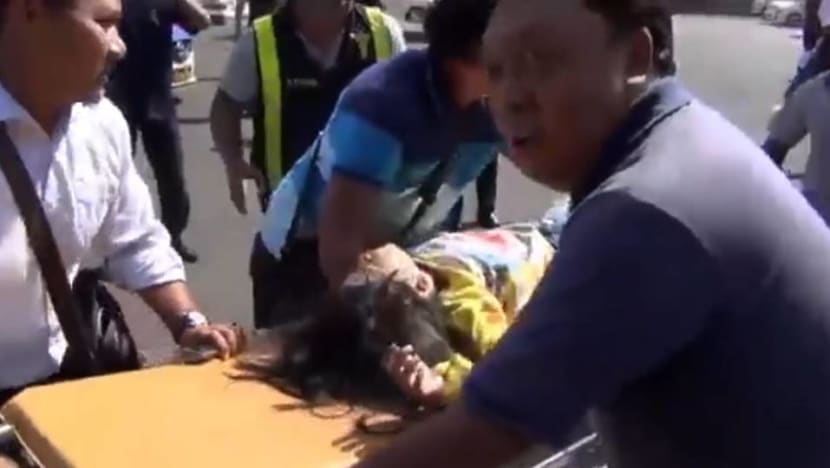
“They have been highly exposed to violent extremism,” she said, remembering what it was like when the Surabaya children first arrived. “We have toy soldiers, houses and animals.
They kept choosing the toy soldiers to play with. Each session was about war, killing each other and stabbing each other.
With ISIS defeated in Syria and losing its formal organised structure, the world is now seeing the proliferation of a different security threat – more independent cells, called “wolfpacks”, committing acts of terror.
And some have no qualms using children to further their cause, as the programme Insight discovers. (Watch the episode here.)
Read: Islamic State fighters heading home: Is Southeast Asia ready?
Malaysia’s anti-terrorism chief Ayob Khan Mydin Pitchay said that even 13-year-olds have been arrested for involvement in ISIS-inspired attacks.
“If we look at Jemaah Islamiyah in the past, many of those involved were in their 20s, 30s and 40s. But with ISIS, the ages are increasingly lower. This is what we worry about,” he said.
SHOW THEM THERE’S ANOTHER WAY
Social media has been a key avenue through which young teens have been influenced by Salafi jihadi ideology, he added.
But ISIS-sympathetic parents also shape their children’s worldviews, whether through coercion or play.
WATCH: Saving the children (5:41)
And the internalisation of these radical ideologies is what the Indonesian shelter – set up at a secret location on the outskirts of Jakarta – hopes to unravel.
There, children like Amirah undergo a rehabilitation programme. Social worker Maria Josefin said that these children have to be helped to “be able to function socially again”.
The children’s privacy is protected, to keep them from being targeted by ISIS sympathisers or stigmatised upon release. They take turns to help maintain the place – weeding and sweeping, for instance, the large landscaped compound with several low-level buildings.

Each child is handled by a social worker and provided with individual counselling. Their daily routine involves attending classes, visiting the mosque, and regular playtimes.
Sustri said that the goal isn’t to change the children’s ideologies but to show that “there is something else that teaches love and goodness”. “There are alternative thinkings that can help the children move on from that violent ideology,” she added.
WILL THE COMMUNITY ACCEPT THEM?
Play therapy is instrumental in helping the children heal from trauma and deal with “a high degree of aggression”.
“The difference between children and adults is that adults are able to express themselves when they are stressed – ‘I’m sad. I’m angry’. Children aren’t able to do that. Children must be helped to identify their feelings and express them,” Sustri said.
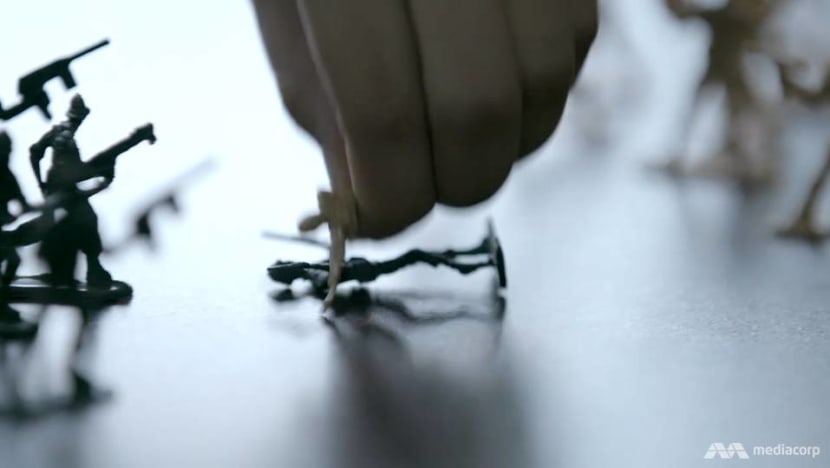
One of the changes she has noted over time is that while they may start out favouring the toy soldiers and being fixated on killing, there comes a day when they pick the toy animals, or play at cooking instead.
“In the next session, the toy soldiers appear again. But this time, it’s not about war - the soldiers are at a burial. When we ask, ‘who are they burying?’ They’ll say, ‘my parents’.
’What about the one who is still alive?’ ‘That’s me. These graves are the monuments to remember them by’.
Such play is the way they express their sense of loss and loneliness. “What do we do? We embrace them. We affirm, ‘you are not alone. I’m here’,” said Sustri.
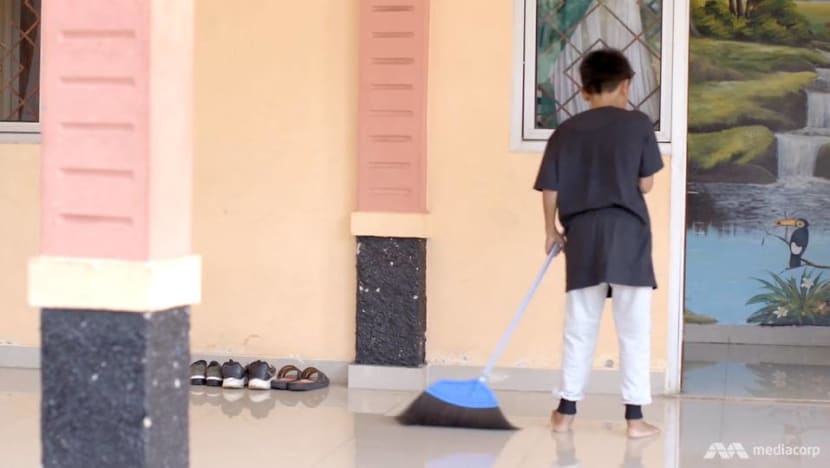
A year into the children’s stay at the shelter, the authorities believe that the children are ready to return to their provinces and re-integrate into society.
However, the shelter staff take pains to ensure that the homes they go back to will be conducive to their growth, that there are school places available, and that the local community is ready to accept them.
“The faster they are returned, the better. So the children will be able to grow in a heterogeneous community,” said Sustri.
Watch this episode of Insight here. New episodes every Thursday at 9pm.
